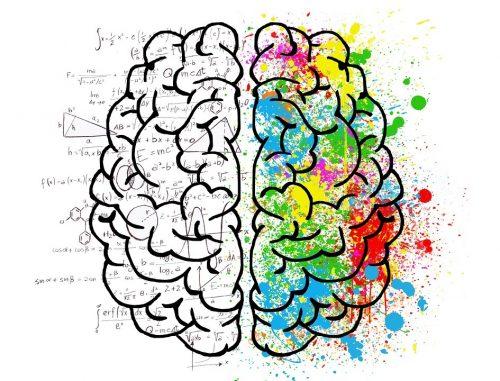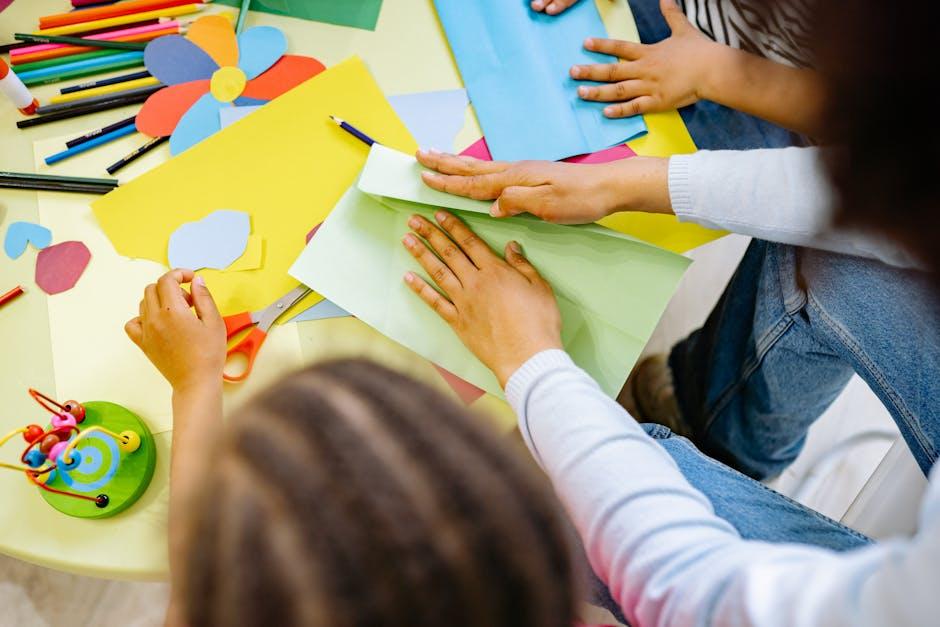In today’s rapidly evolving educational landscape, the significance of a well-rounded curriculum that fosters both cognitive and social development in children cannot be overstated. Amidst the emphasis on STEM subjects, arts education emerges as a critical component that offers unique benefits extending beyond the conventional academic sphere. This article delves into the transformative power of arts education, exploring its profound impact on enhancing children’s cognitive abilities, such as critical thinking, problem-solving, and creativity, while simultaneously nurturing essential social skills like empathy, collaboration, and communication. By examining empirical research and expert insights, we aim to elucidate how integrating arts into the educational framework not only enriches children’s learning experiences but also equips them with the holistic skill set necessary to thrive in an increasingly complex world.
Enhancing Cognitive Abilities through Creative Expression
Engaging in artistic endeavors significantly boosts children’s cognitive faculties by fostering a range of critical thinking skills. When children participate in activities like painting, music, or theater, they learn to approach problems creatively, often viewing challenges from multiple perspectives. This multidimensional thinking aids in the development of essential cognitive skills, such as improved memory, better attention span, and enhanced spatial-temporal skills. Research has consistently shown that students involved in arts education tend to excel in subjects like mathematics and science, highlighting the profound impact of creative expression on academic performance.
- Improved Memory: Arts education encourages memorization techniques that benefit academic learning.
- Enhanced Problem-Solving: Creative tasks require innovative thinking, honing children’s ability to devise unique solutions.
- Better Focus: Engaging in art activities requires sustained attention, which translates into better concentration in other areas.
Moreover, the social benefits of arts education cannot be overstated. Through collaborative projects, children learn valuable social skills such as teamwork, communication, and empathy. These interactions help build confidence and foster a sense of belonging. By working together to achieve a common goal, children learn the importance of cooperation and develop a deeper understanding of diverse perspectives, preparing them for future societal interactions. The holistic development promoted by arts education thus plays a pivotal role in shaping well-rounded individuals.

Fostering Social Skills and Emotional Intelligence in Young Learners
- Enhanced Communication Skills: Arts education encourages young learners to express themselves in diverse ways, from painting to drama. This helps them develop a rich vocabulary and articulate their thoughts and emotions effectively.
- Empathy and Perspective-Taking: Through engaging in artistic activities, children learn to understand and appreciate different viewpoints. Whether interpreting a character in a play or analyzing a piece of art, they gain insights into others’ emotions and experiences, fostering a sense of empathy.
- Teamwork and Collaboration: Many art forms, such as theater or group projects, require collaboration. This nurtures teamwork skills as children learn to negotiate, listen, and contribute to a collective goal, preparing them for future social interactions.
- Self-Confidence and Self-Expression: By providing a safe space for experimentation and self-expression, arts education boosts children’s confidence. As they see their ideas come to life, they develop a stronger sense of identity and self-worth.
- Problem-Solving and Critical Thinking: Engaging with art challenges children to think critically and solve problems creatively. Whether it’s figuring out how to convey an idea through visual art or finding a way to portray a character’s emotions, these activities enhance cognitive flexibility and resilience.
Integrating Arts into the Curriculum for Holistic Development
Integrating arts into the curriculum offers children a multi-dimensional approach to learning, enhancing both cognitive and social abilities. Through creative endeavors, students engage in activities that stimulate critical thinking and problem-solving skills. Artistic processes require them to analyze, interpret, and make decisions, which in turn sharpens their ability to process complex information. This immersive experience in art not only bolsters academic performance but also cultivates a flexible mindset adept at navigating various challenges.
Moreover, arts education serves as a powerful tool for fostering social skills. Participating in group projects and performances encourages collaboration and communication, essential components of social interaction. Students learn to appreciate diverse perspectives and develop empathy as they engage with different cultural and artistic expressions. This exposure promotes inclusivity and a sense of community, helping children to build meaningful relationships and a strong sense of self-awareness. Ultimately, the integration of arts in education not only enhances cognitive development but also nurtures well-rounded individuals prepared for the complexities of the modern world.

Practical Strategies for Implementing Arts Education in Schools
Schools can also foster partnerships with local artists and cultural organizations to bring diverse perspectives and expertise into the classroom. This could include workshops, artist residencies, or field trips to local galleries and theaters, offering students firsthand exposure to the arts. Additionally, providing professional development for teachers to enhance their own understanding and appreciation of the arts can empower them to deliver more effective arts education. By implementing these strategies, schools can create a robust arts program that supports children’s cognitive and social development, equipping them with essential skills for their future.



